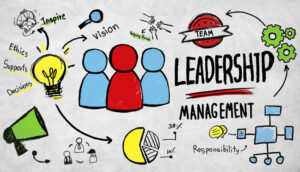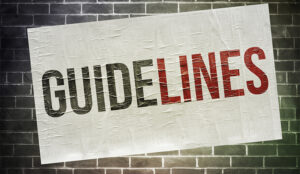Outbound Team Structure
When it comes to structuring an outbound team, some lessons can be learned from the outsourcer world. An effective outbound strategy is best delivered by a focused and well-structured outbound team. With focus, this team can become efficient at qualifying, cultivating and, most importantly, closing business. It also enables a structured management process to be put in place to monitor and coach the team in order to achieve daily, weekly and monthly targets.
Dedicated agents and supervisors
Experience has shown that dedicated agents and supervisors are needed to maximise results, and then this team needs to have clear targets defined in terms of contact rates, conversion rates and sales per hour. Supervisors should spend their time helping the agents with tasks to ensure that they are well equipped with the right knowledge and selling technique to ensure these targets are met. It is important that the supervisor is 100% focused on the outbound activity and the actions of their team and not distracted by multiple functions, or compromised across conflicting inbound and outbound targets.
Pre-session meetings
Pre-session meetings before each shift are essential to fire up the team and lay out the plan of attack. If necessary, these can continue after each interval and/or at the end of the calling day to address any issues, discuss how calls went, etc. The supervisors should focus their day on coaching agents, call monitoring, reporting, tracking sales results, and communicating with a Quality Assurance team member as well as their line manager who can be a call centre manager or an operation manager.
Typical Structure
Within an outsourcer a typical team of 30 outbound agents would look very similar to the following:
30 Outbound Agents
3 team leaders.
This equates to 1 team leader for every 10 agents but this ratio can be increased to 1 team leader for every 12 agents if needed
1 operation manager or call centre manager for up to a 50-agent operation.
This can be increased to 1 operation manager for every 60 to 70 agents depending on the intensity of the sales process
1 MI/admin personnel.
To generate performance reports which are additional to the CRM report already available. This person would also generate daily/weekly/monthly reports for management and internal clients.
2 Quality Assurance members.
This equates to 1 QA member for every 15 agents, but this can be increased to 1 QA member to every 20 to 25 agents depending on the amount of monitoring required.
1 Performance Coach.
A performance coach plays a major role in an outbound environment and is sometimes overlooked when agents come out of the initial training environment and onto the calling floor. If the budget permits having a performance coach it is an invaluable source of bridging the knowledge gap between what has been delivered in a classroom environment and what they face on the calling floor.
As always the number of agents required and variations of this structure will depend on the type of products, services and volumes you are trying to sell. However, the core roles remain the same, even if they are combined into fewer individuals.
The important thing to remember is that monitoring is essential; have time set aside to ensure quality, ensure you are hitting your results and, most importantly, continue to coach and share experiences across your team.
Contributors
Carl Adkins, managing director at Infinity CCS
Author: Jonty Pearce
Published On: 30th Mar 2010 - Last modified: 17th Feb 2025
Read more about - Call Centre Management, Carl Adkins, Coaching, Infinity CCS, Outbound dialling, Outbound Dialling Guide




































